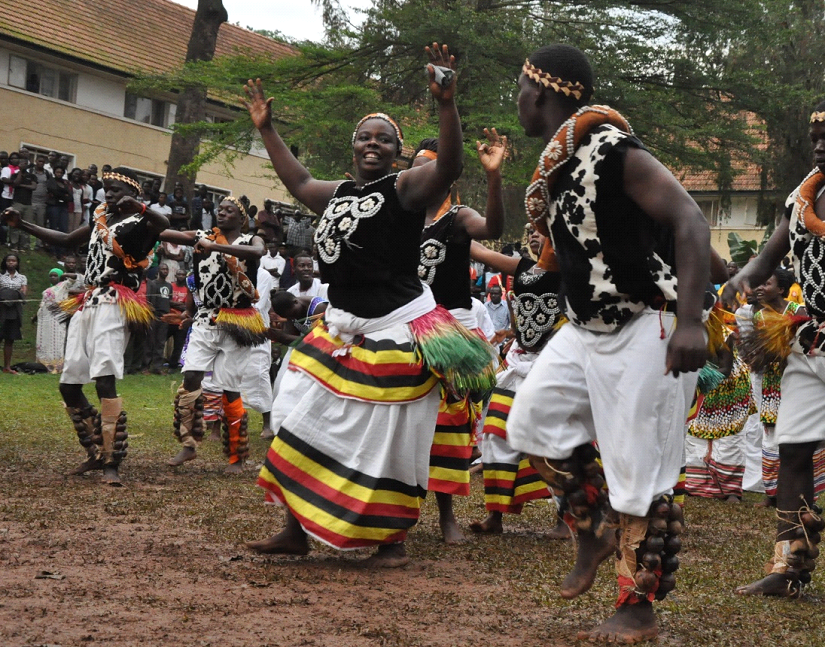The Banyoro tribe is an ethnic group found in the western region of Uganda, primarily in the districts of Masindi, Hoima, and Kibale. The Banyoro are part of the larger Bantu-speaking people and are believed to have migrated to their current location from the Congo region around the 14th century.
The Banyoro are known for their rich cultural heritage, which is deeply rooted in their history, traditions, and way of life. Their traditional way of life is centered around agriculture, with the main crops grown to be cassava, millet, beans, and groundnuts. They also rear livestock such as cattle, goats, and sheepnt.
.

One of the most notable aspects of Banyoro culture is their monarchy. The Banyoro have a long history of kingship, with the current king, Omukama Solomon Gafabusa Iguru I, being the 27th ruler in the line of the Babiito dynasty. The king is considered a symbol of unity and authority among the Banyoro people, and his palace, located in the town of Hoima, is a popular tourist attraction.
The Banyoro are also known for their traditional dances, which are a form of entertainment and a way of preserving their culture. The most popular dance among the Banyoro is the Runyege, which is performed by both men and women and involves a lot of jumping and acrobatics. The dance is often accompanied by traditional musical instruments such as drums and xylophones.
Another important aspect of Banyoro culture is their religion. Historically, the Banyoro practiced traditional African religions, but in recent years, Christianity and Islam have become more prevalent. However, many Banyoro still retains elements of their traditional beliefs and practices.
Despite their rich cultural heritage, the Banyoro have faced several challenges over the years. The region where they live has been prone to conflicts and instability, particularly during the reign of former Ugandan president Idi Amin. Additionally, the Banyoro, like many other ethnic groups in Uganda, have had to contend with issues of poverty, lack of education, and inadequate healthcare.
In conclusion, the Banyoro tribe is an important part of Uganda’s cultural diversity. Their rich cultural heritage, particularly their monarchy and traditional dances, has made them a fascinating subject for researchers and tourists alike. Despite the challenges they face, the Banyoro continue to preserve their culture and way of life, and they remain an integral part of Uganda’s cultural heritage.